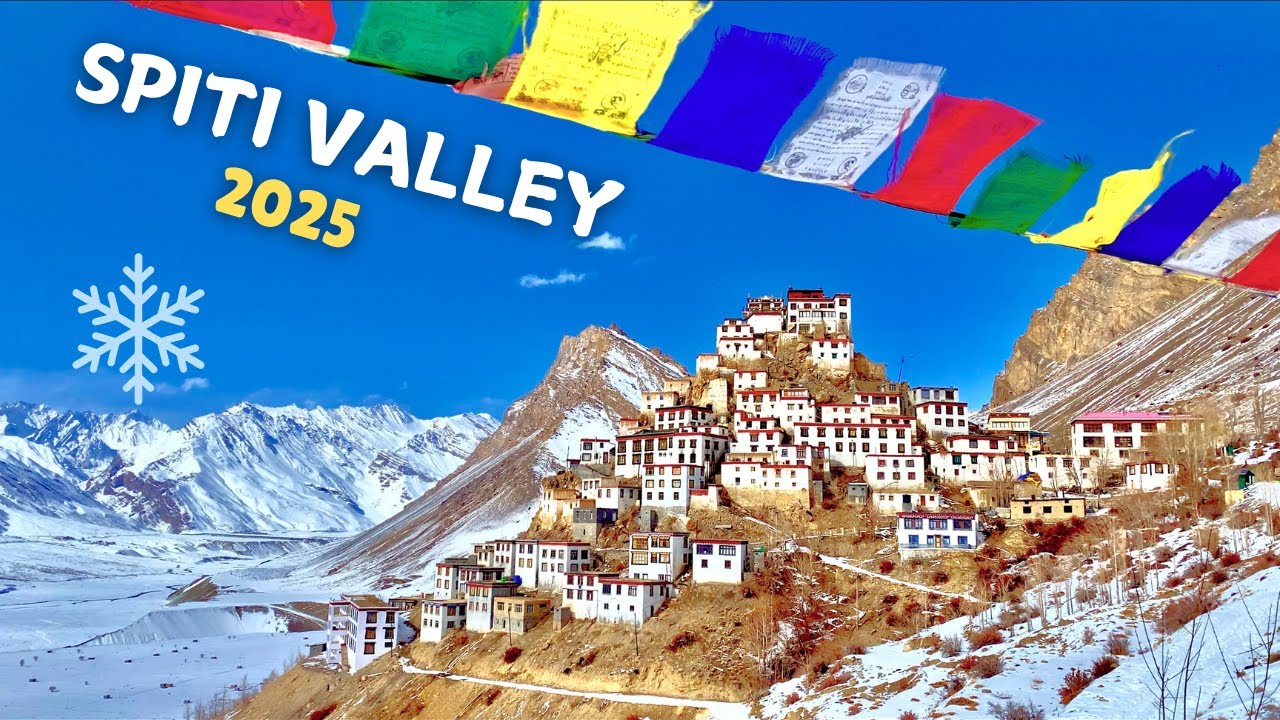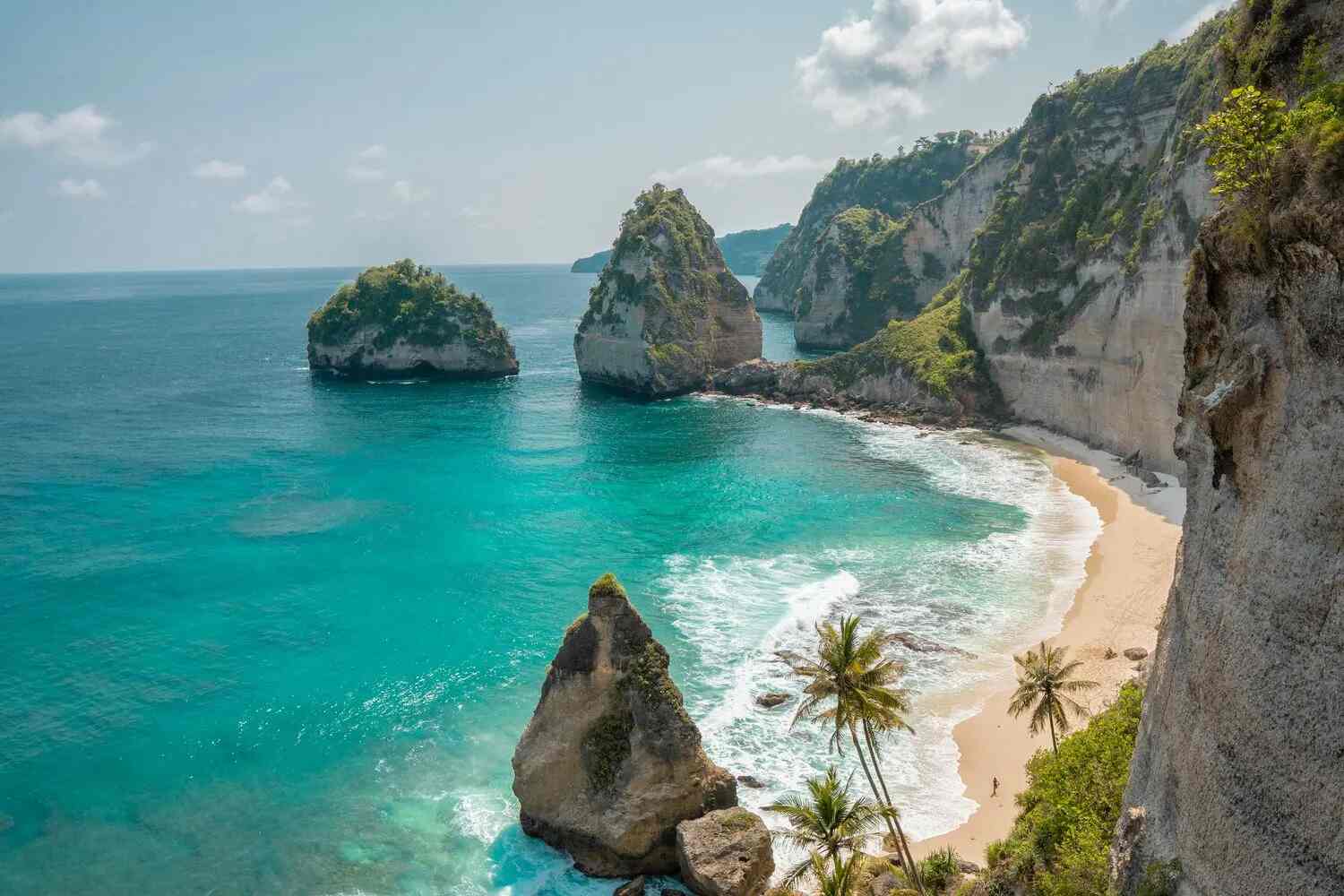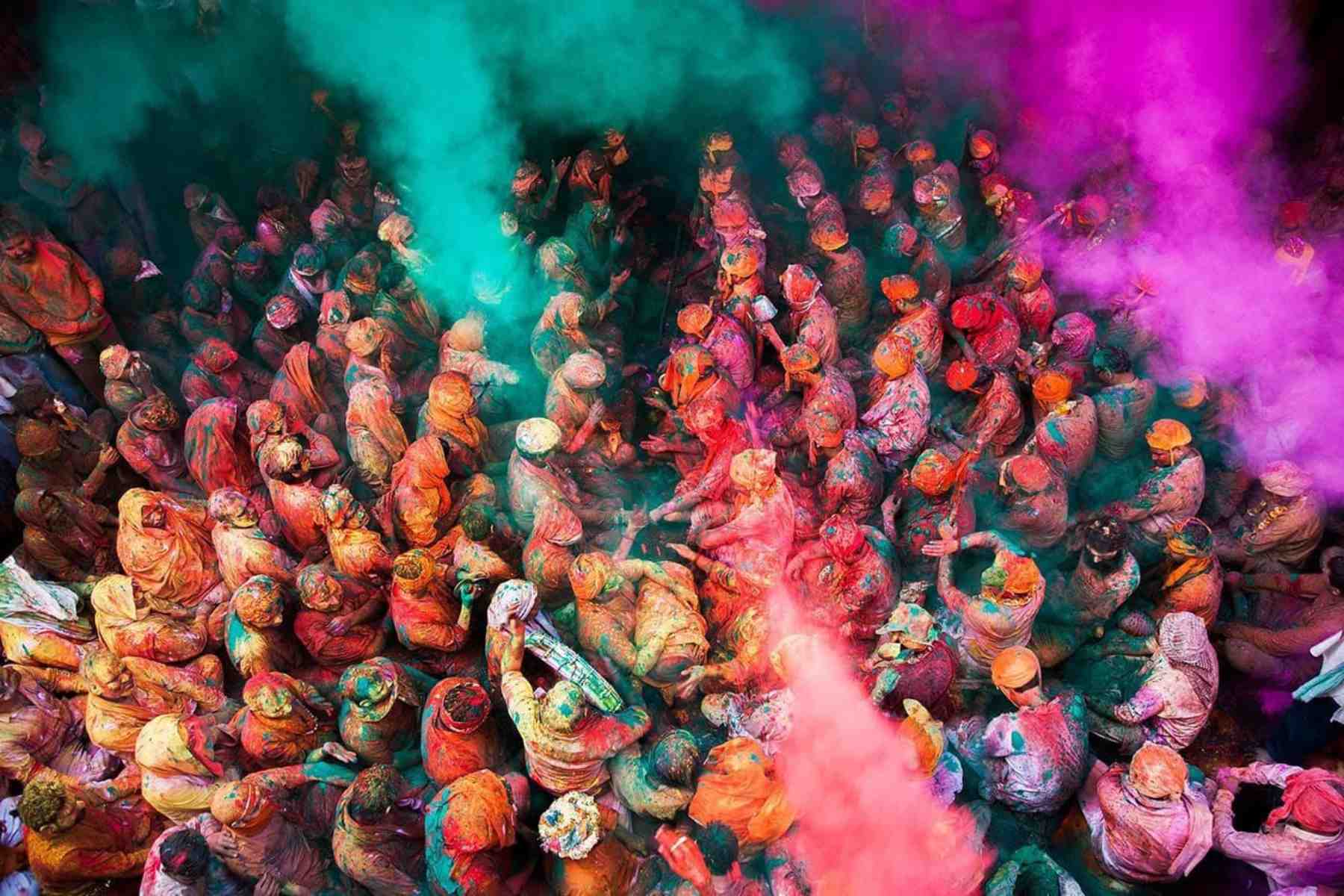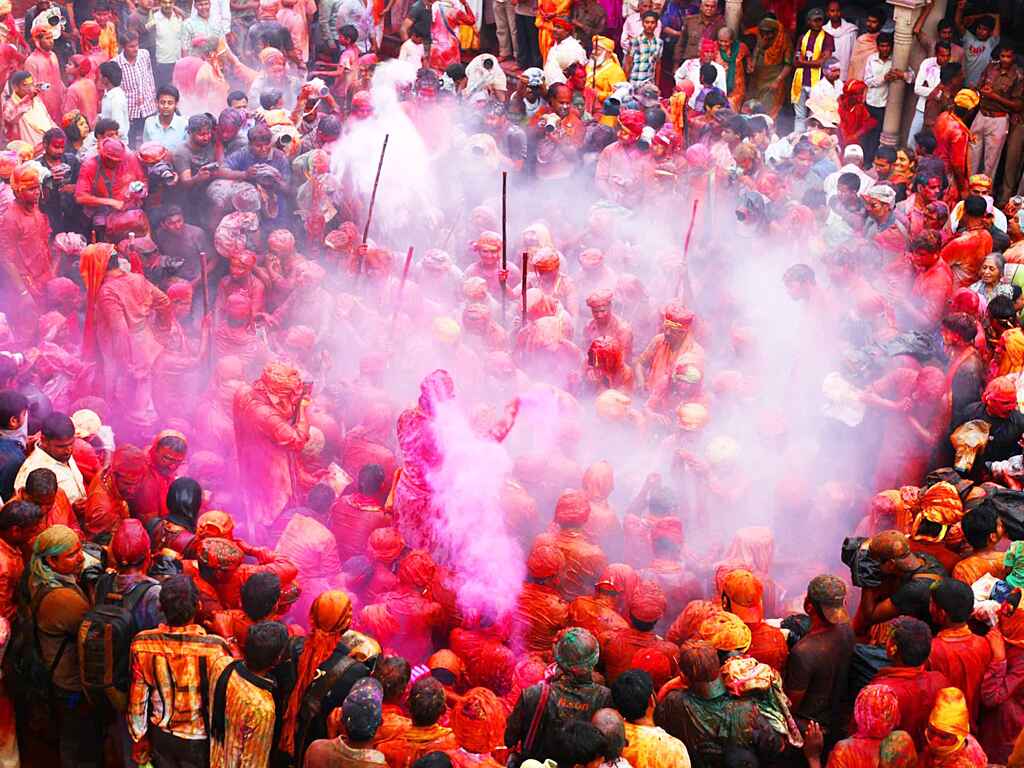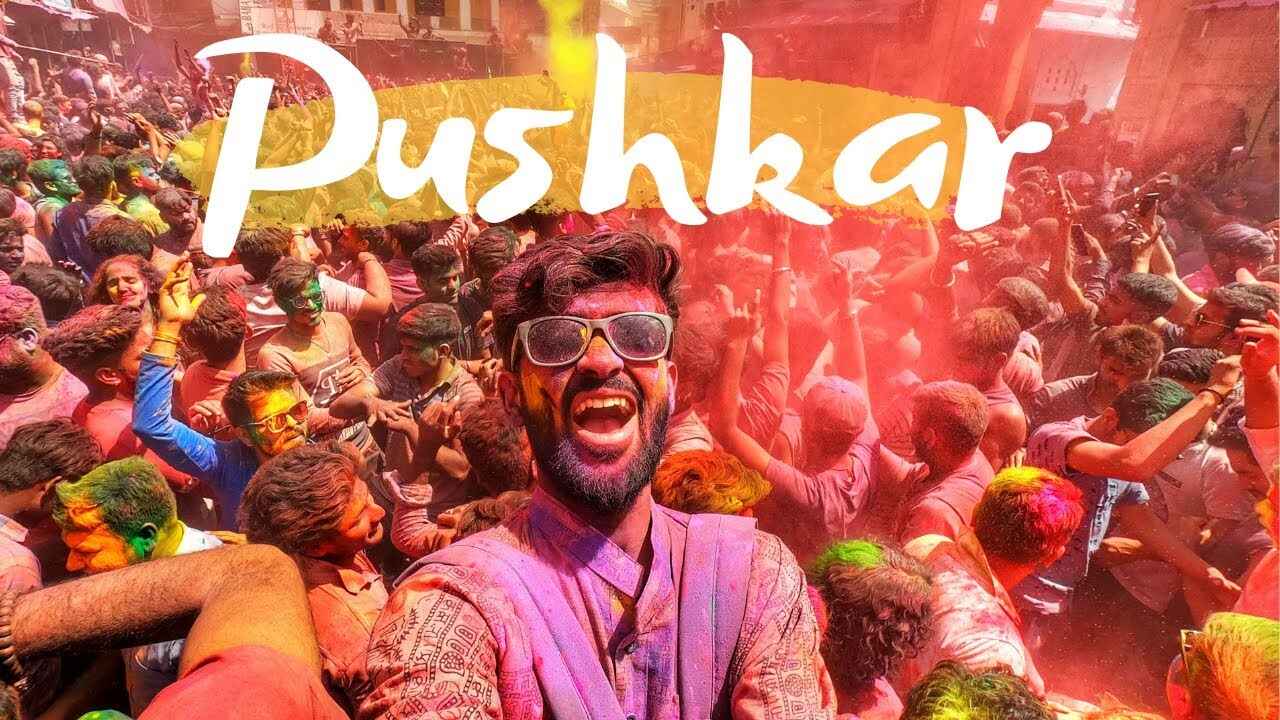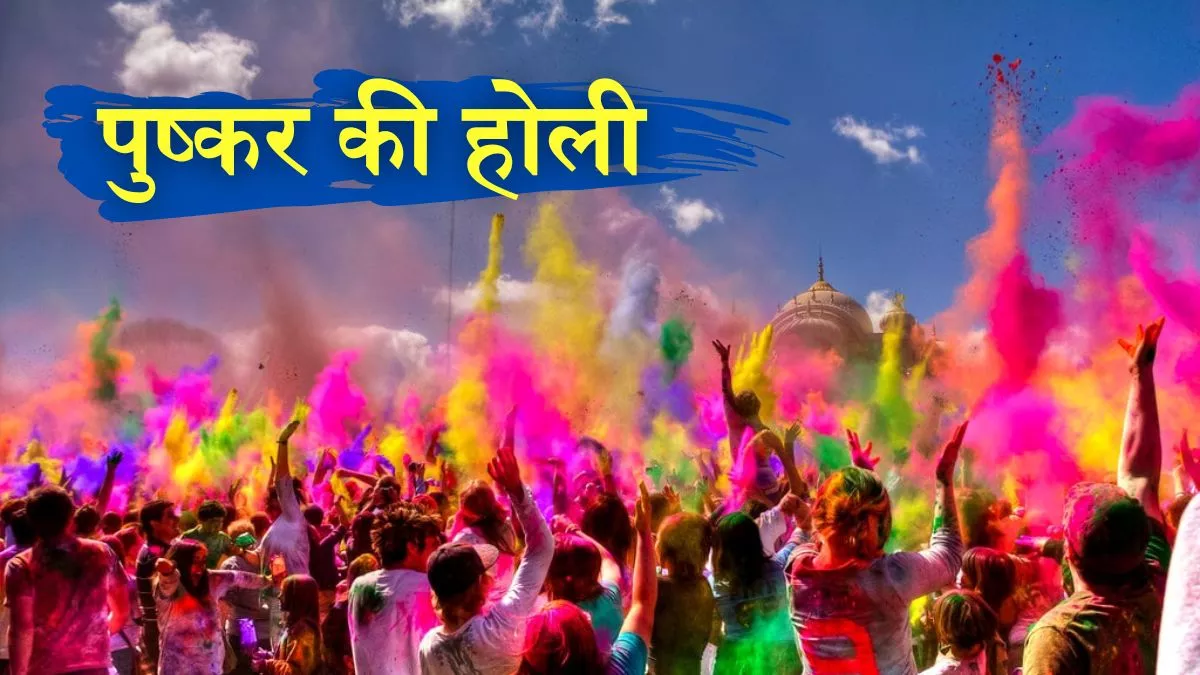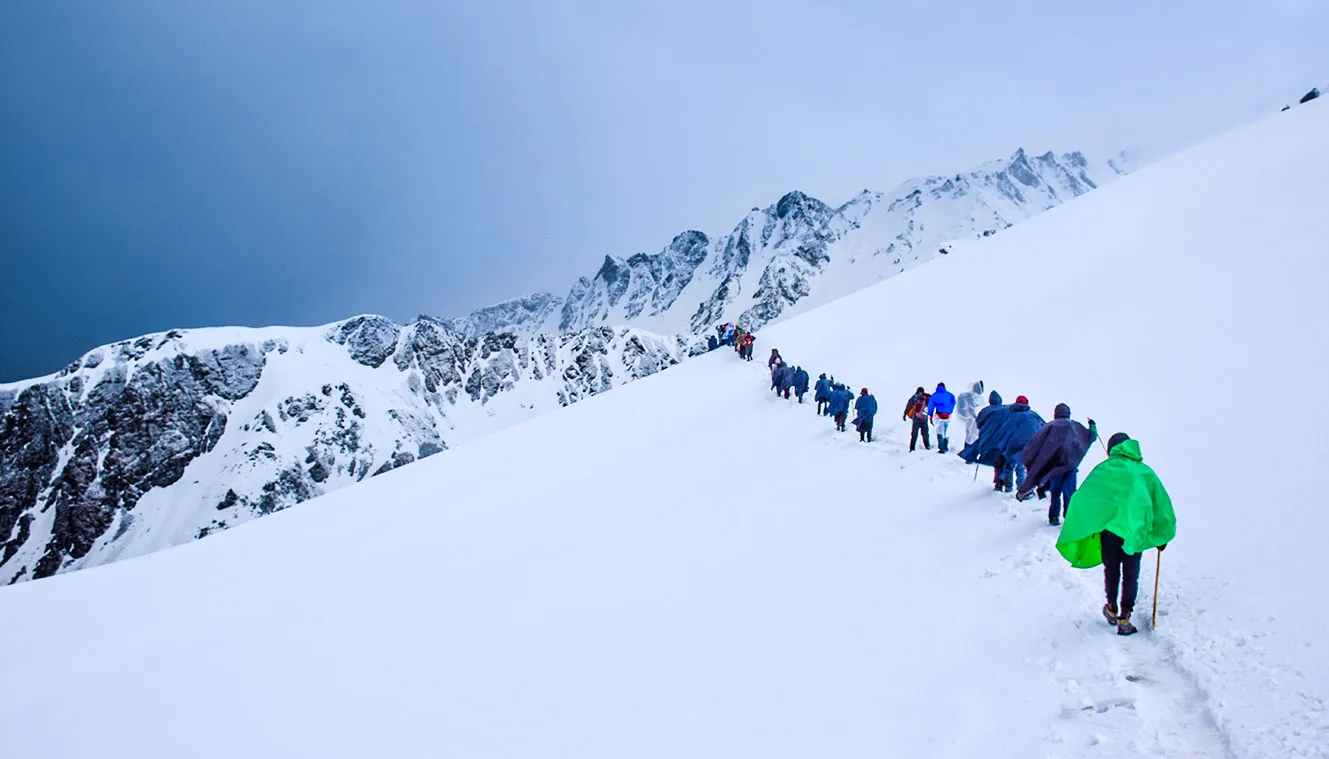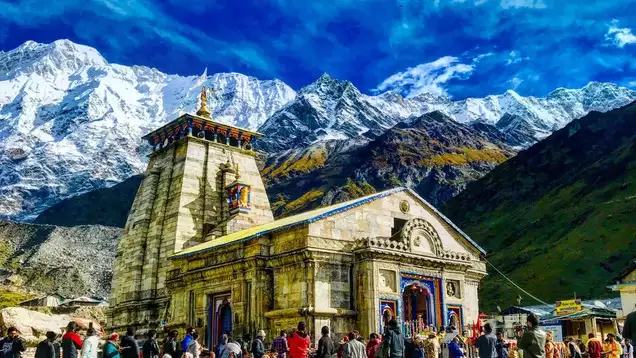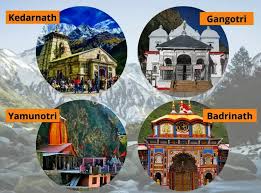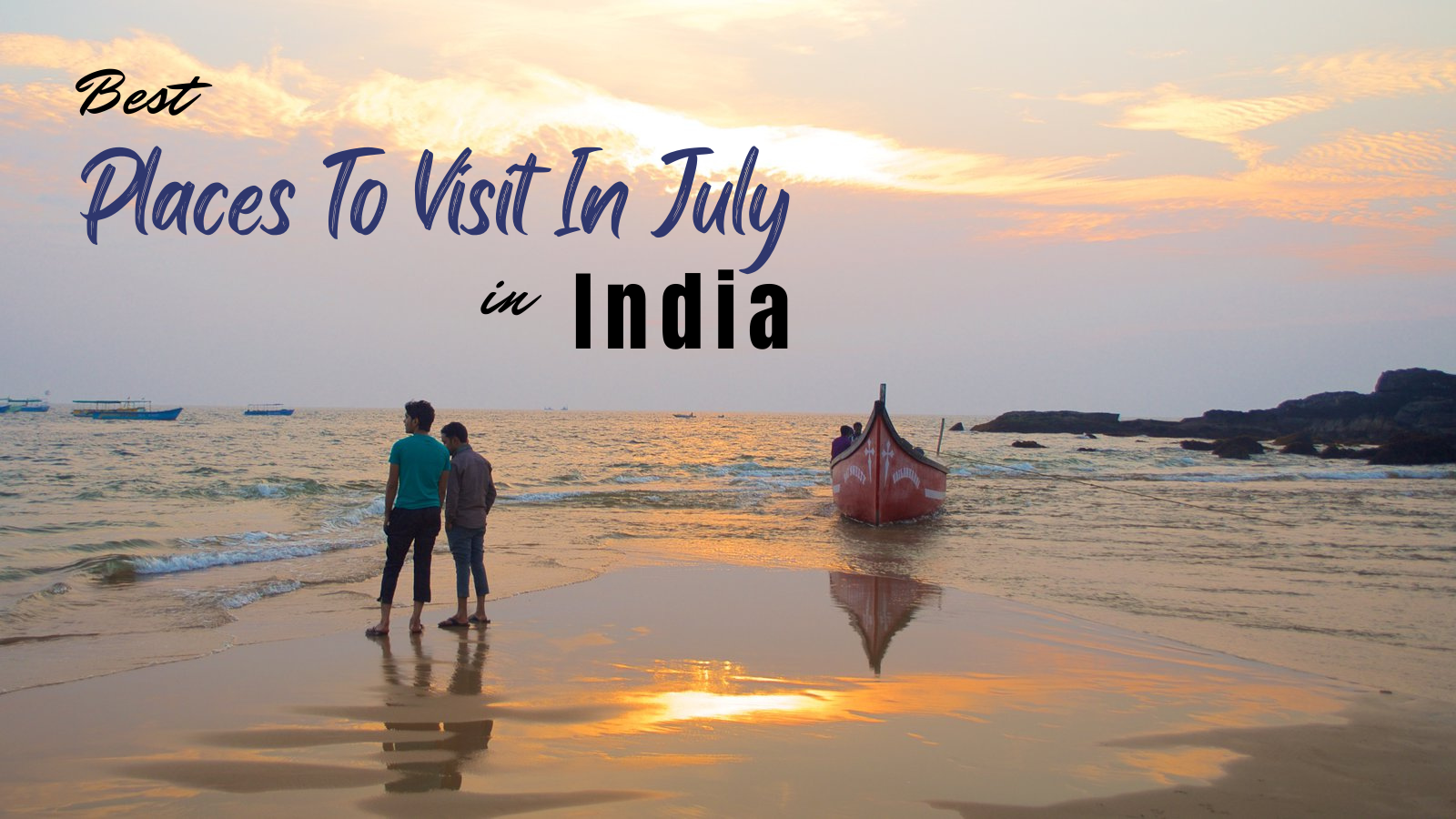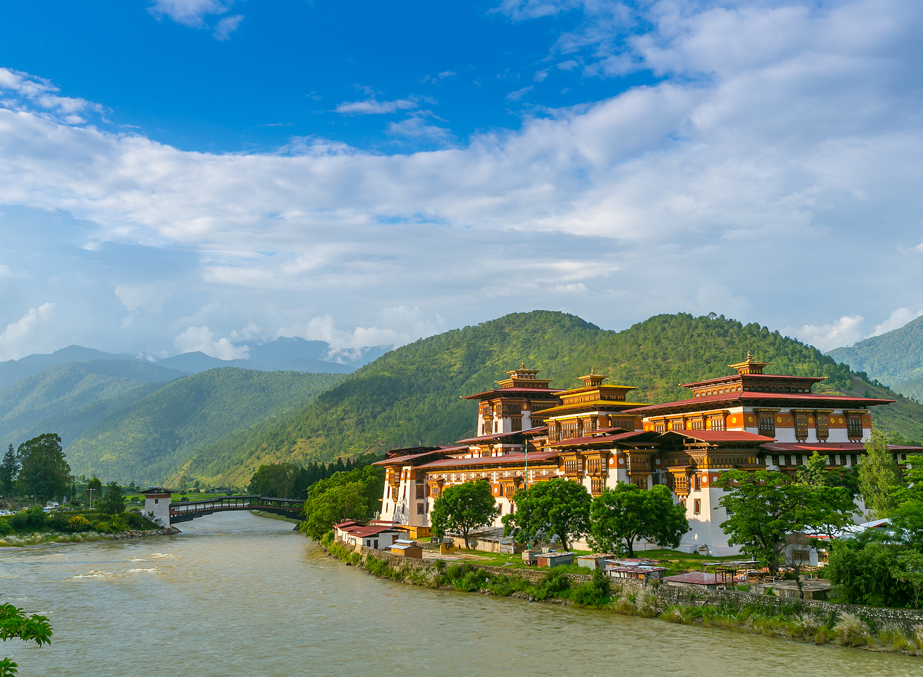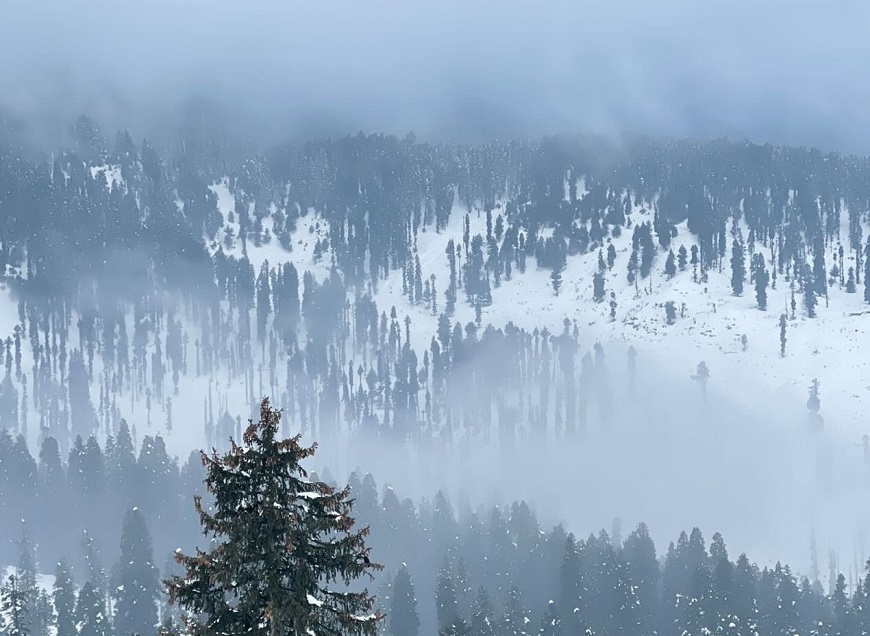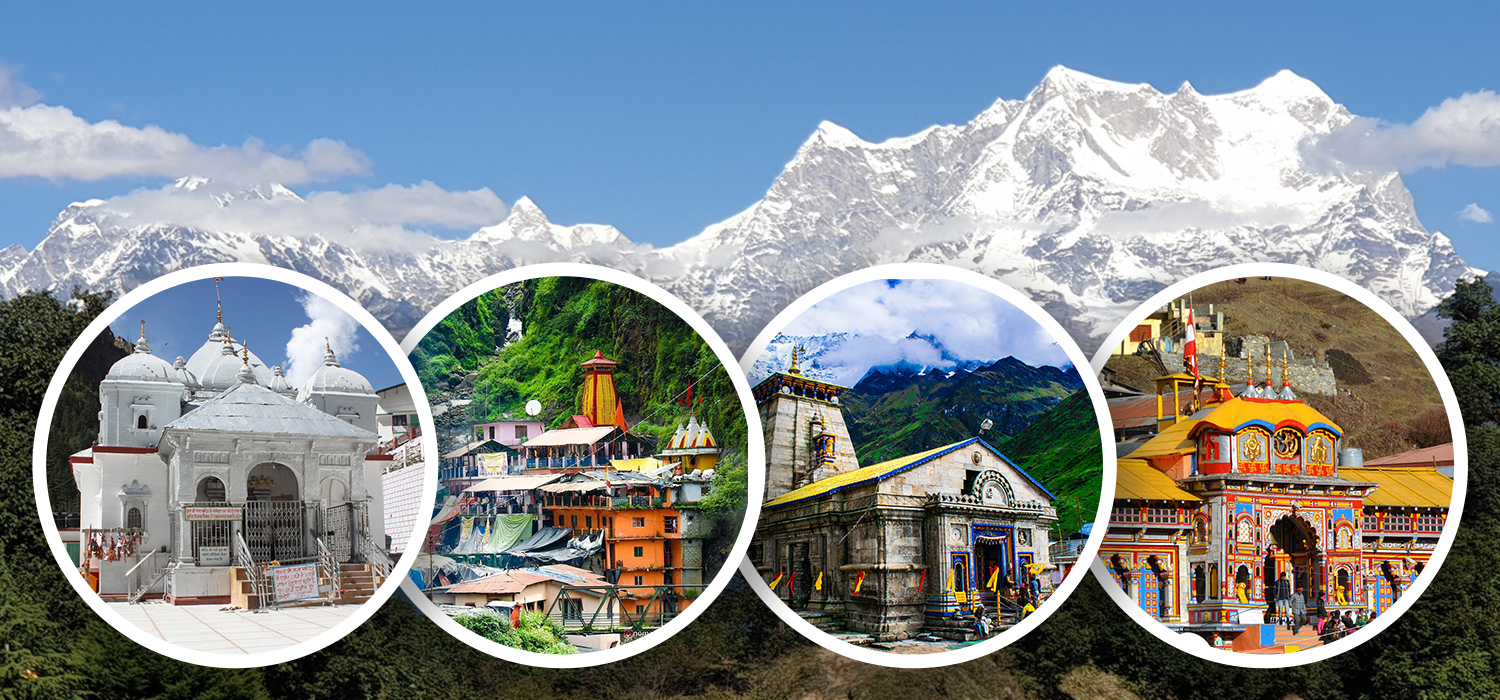Spiti Valley, a stunning cold desert in Himachal Pradesh, is accessible from Delhi via two primary routes: the Manali route and the Shimla route. Both routes offer breathtaking landscapes but vary in accessibility throughout the year.
1. By Road
Via Manali (Summer Route - May to October)
Distance: Around 730 km.
Route: Delhi - Chandigarh - Manali - Rohtang Pass - Kunzum Pass - Kaza.
Travel Time: Approx. 18-20 hours.
Transport Options: Private taxis, shared cabs, buses.
Permit Required: Rohtang Pass permit (available in Manali).
Via Shimla (All-Year Route)
Distance: Around 770 km.
Route: Delhi - Shimla - Narkanda - Rampur - Reckong Peo - Nako - Tabo - Kaza.
Travel Time: Approx. 24 hours.
Transport Options: HRTC buses, private taxis, or self-drive.
2. By Air
Nearest Airports: Bhuntar (250 km from Manali) and Chandigarh (500 km from Spiti).
From the airport, travel by road to Spiti via Manali or Shimla.
3. By Train
Nearest Station: Chandigarh Railway Station (500 km away).
Take a bus or taxi to Manali or Shimla and continue the journey by road.
Is Spiti Valley Open in December?
Yes, Spiti Valley is open in December, but only via the Shimla route as the Manali route is blocked by snow. Travelers must be prepared for extreme cold and limited facilities.
How to Go to Spiti Valley from Delhi?
Refer to the "How to Reach Spiti Valley from Delhi" section above for travel options.
How to Reach Spiti Valley from Mumbai?
1. By Air
Flight to Chandigarh or Bhuntar, then travel by road.
2. By Train
Train to Chandigarh, then bus or taxi to Manali/Shimla and onward to Spiti.
3. By Road
Drive to Delhi, then follow the Delhi-Spiti route.
Is Spiti Valley Dangerous? Here’s What You Need to Know
Spiti Valley, often called "Little Tibet," is one of India’s most stunning yet remote destinations. Tucked away in Himachal Pradesh, it attracts adventurers, photographers, and spiritual seekers alike. However, its rugged terrain and high altitude raise a common question: Is Spiti Valley dangerous?
Let’s break it down.
1. Altitude and Acclimatization Risks
One of the primary challenges of visiting Spiti is its high altitude. Most of the valley lies above 10,000 feet (3,000 meters), with villages like Komic and Kibber even higher. Travelers not acclimatized properly can experience Acute Mountain Sickness (AMS) — symptoms include headache, nausea, dizziness, and fatigue.
Tip: Take it slow, stay hydrated, and if you're booking through Spiti Valley tour packages, choose those with well-paced itineraries that allow for acclimatization.
2. Remote Terrain and Road Conditions
Spiti’s charm lies in its isolation, but that also means rough and narrow roads, especially on the route from Manali. Landslides, falling rocks, and water crossings are not uncommon. During winter or early spring, snow and ice can make travel riskier.
This is where choosing a reliable Spiti Valley travel package becomes important. Reputed operators provide experienced drivers, well-maintained vehicles, and planned routes with safety in mind.
3. Weather Extremes
Weather in Spiti can be unpredictable. Summers are mild, but temperatures drop sharply at night. Winters are extreme, with temperatures dipping below -20°C. If you’re not prepared, it can be uncomfortable — even dangerous.
Traveling with professional Spiti Valley tour packages, especially in winter, ensures you have the right gear, emergency contacts, and local support.
4. Medical Facilities
Medical infrastructure in Spiti is basic. The nearest advanced hospitals are in Shimla or Manali — several hours away. In case of emergencies, evacuation is difficult due to limited connectivity and terrain.
Always carry a basic medical kit and consult a doctor before your trip. Many Spiti tour packages also include first-aid support and satellite phones for emergencies.
5. Safety for Solo and Female Travelers
Spiti is remarkably safe in terms of crime. Locals are warm, hospitable, and helpful. Solo travelers and women often report feeling safe and welcomed.
Booking a Spiti Valley tour package from Delhi with a reputed agency can add an extra layer of safety, providing a support system throughout the journey.
Final Verdict: Is Spiti Valley Dangerous?
Spiti Valley isn’t dangerous if you’re well-prepared and aware. With the right planning, caution, and a reliable Spiti Valley travel package, your trip can be both safe and unforgettable. It’s a land of breathtaking beauty — and like any great adventure, it demands respect for nature and the environment.
Is Spiti Valley Dangerous? Here’s What You Need to Know
Spiti Valley, often called "Little Tibet," is one of India’s most stunning yet remote destinations. Tucked away in Himachal Pradesh, it attracts adventurers, photographers, and spiritual seekers alike. However, its rugged terrain and high altitude raise a common question: Is Spiti Valley dangerous?
1. Altitude and Acclimatization Risks
One of the primary challenges of visiting Spiti is its high altitude. Most of the valley lies above 10,000 feet (3,000 meters), with villages like Komic and Kibber even higher. Travelers not acclimatized properly can experience Acute Mountain Sickness (AMS) — symptoms include headache, nausea, dizziness, and fatigue.
Tip: Take it slow, stay hydrated, and if you're booking through Spiti Valley tour packages, choose those with well-paced itineraries that allow for acclimatization.
2. Remote Terrain and Road Conditions
Spiti’s charm lies in its isolation, but that also means rough and narrow roads, especially on the route from Manali. Landslides, falling rocks, and water crossings are not uncommon. During winter or early spring, snow and ice can make travel riskier.
This is where choosing a reliable Spiti Valley travel package becomes important. Reputed operators provide experienced drivers, well-maintained vehicles, and planned routes with safety in mind.
3. Weather Extremes
Weather in Spiti can be unpredictable. Summers are mild, but temperatures drop sharply at night. Winters are extreme, with temperatures dipping below -20°C. If you’re not prepared, it can be uncomfortable — even dangerous.
Traveling with professional Spiti Valley tour packages, especially in winter, ensures you have the right gear, emergency contacts, and local support.
4. Medical Facilities
Medical infrastructure in Spiti is basic. The nearest advanced hospitals are in Shimla or Manali — several hours away. In case of emergencies, evacuation is difficult due to limited connectivity and terrain.
Always carry a basic medical kit and consult a doctor before your trip. Many Spiti tour packages also include first-aid support and satellite phones for emergencies.
5. Safety for Solo and Female Travelers
Spiti is remarkably safe in terms of crime. Locals are warm, hospitable, and helpful. Solo travelers and women often report feeling safe and welcomed.
Booking a Spiti Valley tour package from Delhi with a reputed agency can add an extra layer of safety, providing a support system throughout the journey.
Final Verdict: Is Spiti Valley Dangerous?
Spiti Valley isn’t dangerous if you’re well-prepared and aware. With the right planning, caution, and a reliable Spiti Valley travel package, your trip can be both safe and unforgettable. It’s a land of breathtaking beauty — and like any great adventure, it demands respect for nature and the environment.
Is Spiti Valley Open Now?
Spiti Valley is open year-round via the Shimla route. The Manali route remains open only from May to October.
Where is Spiti Valley in India?
Spiti Valley is in the Lahaul and Spiti district of Himachal Pradesh, located in northern India near the Tibetan border.
Where is Spiti Valley Located?
Spiti Valley is situated in the trans-Himalayan region of Himachal Pradesh, between Ladakh and Tibet.
Where is Spiti Valley Situated?
Spiti Valley is located at an altitude of around 12,500 feet, surrounded by the Himalayas.
Where is Lahaul Spiti?
Lahaul and Spiti is a district in Himachal Pradesh. Lahaul lies to the west, while Spiti lies to the east, closer to Tibet.
How to Reach Spiti Valley from Manali?
Distance: 200 km.
Route: Manali - Rohtang Pass - Gramphu - Kunzum Pass - Kaza.
Travel Time: 8-10 hours (only accessible from May to October).
Is Spiti Valley Dangerous?
Spiti Valley is not inherently dangerous, but travelers should be cautious of high-altitude sickness, harsh weather, and rugged roads. Proper preparation is necessary.
Where to Stay in Spiti Valley?
Hotels & Guesthouses: Available in Kaza, Tabo, and Key Monastery.
Homestays: Popular in villages like Langza, Kibber, and Dhankar.
-
Views
1,326 people have viewed this post
